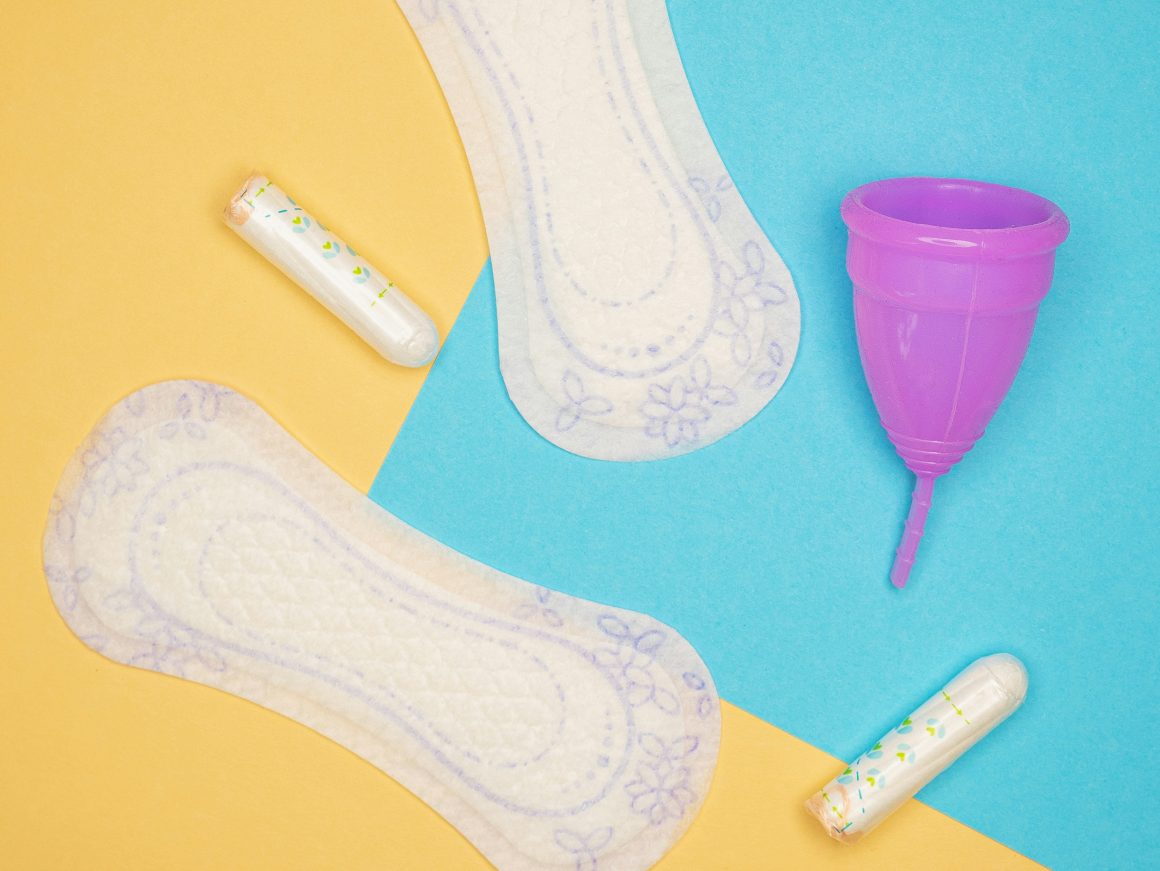
Historically harmful products: Why we should not be surprised by the toxins in tampons
By Ilana van der Merwe, September 6 2024—
With the first study of the possibilities of harmful materials being found in tampons being published this summer by postdoctoral scholar, Jenni A. Shearston, at the UC Berkeley School of Public Health, the breaking news of positive tests in these products for metals like lead, arsenic and zinc has taken over social media.
It should not come as a surprise that harmful materials are found in products used by over half of the world’s menstruating population, when historically systemic issues like sexism and gender inequality have led to similarly disappointing examples in the past.
Here are a few predeceasing examples of historically harmful products intended for women, showing that toxic menstrations are not outside of this pattern.
3500 BC: Toxic cosmetics
Starting as early as 3500 BC and appearing as late as the end of the 19th century, metals like lead, nightshade and mercury have been used in makeup products. Unlike our recent discoveries of toxic metals in tampons, many users of historically harmful cosmetics knew about the risk in wearing deadly composites in their makeup, and chose to do so anyway.
There is no safe amount of exposure to lead, a fact emphasized by Shearston in her studies and discovered in 2000 BC, making toxic cosmetics a viable example for this list. Products like venetian ceruse popularized by Queen Elizabeth the First, were used to whiten the face with a base ingredient of lead. Symptoms of lead poisoning in adults can be but are not limited to high blood pressure, mood disorders, nerve and kidney damage and death.
1800s: Early breast augmentation
With approximately one to two million women at any given moment having breast implants in North America, this procedure has had a long history of development. Starting in the early 1800s, doctors inspired by the works of Vincenz Czerny inserted materials from wax, animal fats, glass and sponges to achieve desired outcomes. With today’s medical knowledge, the dreadful outcomes of these botched surgeries may have been much more predictable.
However, even with modern medicine, up to 85 per cent of women with breast implants suffer from at least three or more symptoms of breast implant illness. BII is an autoimmune or an inflammatory reaction to breast implants. BII is not a fully understood illness — due to its relatively recent discovery — but with more and more women reacting negatively to implants, and even having reversal surgeries to combat BII, the illness is being studied more seriously.
1940s: Weight loss amphetamines
Although it was more widely understood that as a woman prescribed amphetamine weight loss pills in 1940, you would be consuming a ‘chemically induced’ suppression of appetite, this medication contained side effects far more harmful than the long term effects currently being studied by metals found in menstrual products.
It would not be until the 1960s when America’s amphetamine epidemic, or better known as ‘speed’, ran rampant leading to a more adversarial look at the household weight loss drug. The drug was relentlessly pushed by companies for prescription by doctors and led to many being plagued with the long term and highly detrimental side effects of dealing with addiction.
1950s: Female oral contraceptives
It is no question that oral contraceptives — a form of birth control — are a staple to women’s reproductive health, but even this product comes with its downfalls. With the purchase of any brand of oral contraceptive comes a meticulously folded pamphlet containing up to 10 double sided pages of risks, symptoms and dangers of birth control. It is important to understand that even though complications are rare, they are there. From blood clots, cancers, strokes and heart attacks, the possible side effects of oral contraceptives must be understood. For questions or concerns about your birth control please contact Alberta Health Services.
As medicine develops and lenses shift to investigate all angles of the products and procedures we may see as trustworthy, many discoveries are made regarding the safety of our normalized practices. With yet another uncovering of harmful materials in womens products, we must ask: what standards in women’s health care do we need to ensure safe use of safe products?
